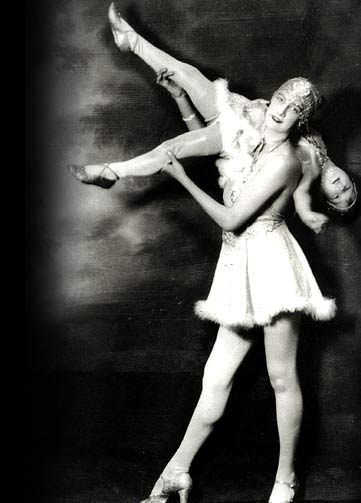

In 1932, Phil Jeffs bought the Fifty-Fifty club, a seedy dance hall and
sly-grog and cocaine palace in the Chard building (built in 1924). When
Jeffs took command, he avoided police raids by heaping money on bent
officers. He also forked out sums to hard men such as Frank Green as
a guarantee that they would not cause trouble on the premises, and
dissuade others from doing so. He, like Kate Leigh, also enjoyed the
friendship of prominent politicians. Jeffs considered such payouts
essential overheads, much like electricity, heating, rent, liquor and drugs.
The club had about ten bridge tables, each surrounded by four wooden
chairs at which guests sat drinking heavily or snorting cocaine from
small bowls. Behind the bar were ice-chests yawning with many kinds
of alcohol. The noise from the 150 or more hooting, squealing revellers
made conversation difficult. An electric fan cooled the guests and
dispersed the thick, pungent fog of cigarette smoke. Patrons danced the
foxtrot and Charlestone: a four-piece jazz band rattled off 'If You Knew
Susie', 'Oh You Beautiful Doll' and 'The Sheik of Araby'. When the
jazzmen took a break, they would be replaced by a thin, pale youth who
played sentimental favourites on a grand piano with a Persian silk scarf
stretched exotically from its top.
Cocaine was freely sold by dealers, who paid a cut of their profits to
Jeffs. There was gambling for those who could still afford it after paying
the sky high bar prices. Prostitutes, often supplied at a premium price
by Tilly Devine, worked the Fifty-Fifty Club in profusion. Pickpocketing
and robbery were rife at the Fifty-Fifty, but even those patrons lucky
enough to escape an actual mugging were bled blind as they were hit
on repeatedly by employees for tips: in the elevator as they entered, to
get in the front door, to order a drink or a meal, to dance, to use the
bathroom. To leave the club cost the customer a five pound 'exit fee'.
Fights often broke out between customers and rival gangs
|
 |

One journalist partook of the Fifty-Fifty's
hospitality and reported:
[There are] Orientals, thugs, half-castes
and painted women of the street mingling
with well-know scions of Society,
prominent actors and actresses and the
leading lights of our legal and medical
professions. The place has even had
vice-regal connections. Unofficially, of
course. Here is an Oriental sphinx-like and
furtive, dancing with an attractive young
white girl. The dark-skinned foreigner
opposite is an Egyptian, suspected of
trafficking in that vilest of all trades, White
Slavery.

|
 |